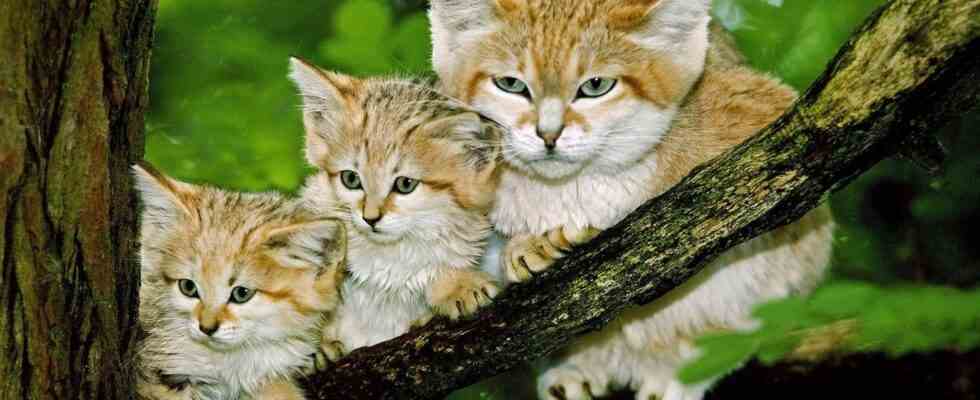When you think of wild cats, you probably first have the more familiar species in mind, such as tigers, lions, leopards or pumas. In some regions of this country, the lynx and the European wildcat, which looks similar to our gray tabby domestic cat, but is not related to it at all, have settled again. The domestic cat’s ancestor is an African wildcat species, the wild cat.
Speaking of “African wild cats,” the continent is home to some fascinating feline species, such as the black-footed cat, which catches more prey than any of its animal relatives and almost never needs to drink. Or the serval, which is a little better known because this species was mated with domestic cats to create a new breed, the Savannah cat. On the other hand, the caracal, a medium-sized cat species whose black ear tufts are reminiscent of those of a lynx, is probably less well known.
The habitat is disappearing: many cat species are endangered
Many wildcat species are threatened – either because they are being hunted or because their habitat is shrinking and settlements or farmland have to give way. For example, the pampas cat of southern South America is listed as near endangered, the situation of the rusty cat native to India and Sri Lanka is more serious, as is that of the black-footed cat.
The home of many wild cat species are mountains, jungles, steppes or deserts. Some animals are perfectly adapted to their environment, such as the sand cat, which can cope with an extremely dry habitat.
Sources: WWF, Per wildlife, pet book

